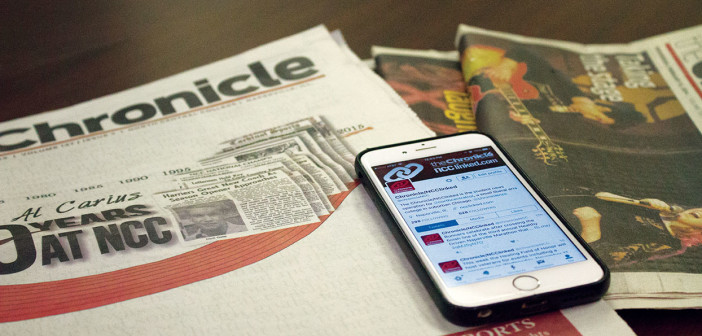Recently, millenials have made their entry into the workplace. These 18- to 24-year-olds have brought in what they think is a fresh perspective, but older generations have not been so quick to align with this “new” perspective. The gap in ideals between older and younger generations is evident in many industries — journalism included.
In an article written by Richard Bilton on Digi Day’s website, the generational idea gap is addressed when he states, “BuzzFeed, Vox Media, Vice and others of their ilk are flooding the market with new jobs, most of which are aimed at young digital-savvy reporters.”
As a millennial who has considered a career in journalism after finishing college, organizations such as those mentioned by Bilton are where I would target my future job search.
Traditionally, if you wanted any chance to make a good living as a journalist, you had to rise through the ranks. Typically, one would begin in a lower ranking position at a local newspaper, and eventually reach their goal of working in a more executive position at that same local paper. Nowadays, the way that journalists move throughout their careers is much different.
The path to building a career in journalism has been altered because consumers of news are changing. With that comes the creation of new and interesting job titles, including, “headline optimizer, social media reporter, data detective,” and many more listed by the Center for Sustainable Journalism. I, myself, hold a title that most definitely did not exist in the past: social media editor.
In my position, I have learned the value of using technology to share stories and information. Making it a personal goal to head the advice of former NNA CEO, Caroline Little, “for journalists, to be successful is to command multiple technologies and share news with readers in new and exciting ways.” I am exploring platforms such as Facebook, Twitter and Instagram, which allow for The Chronicle to reach further than the Naperville area.
Many critics of digital media mention that new technology will thrust upon us the end of print newspapers and destroy traditional reporting jobs. Pew Research Center studies have found exactly the opposite, even calling the digital news industry “ever-growing,” and explaining that “about 5,000 digital news sector jobs” have been created in recent years.
It seems that a new foundation is being created for news consumption and those who are fond of traditional media outlets will have to follow along sooner than they had planned.
Students of journalism hold the future of this industry in their hands, which may feel quite daunting. Future journalists, myself included, need to put the criticisms of the older generation aside and continue to build skills in areas that are flourishing. Although the way we go about it might seem unconventional, maybe even insane, we all have a common goal: to inform the general public about what is happening around our constantly changing world.

